Table of content
Stir-fried black carp slices, a beloved dish in Chinese cuisine, is celebrated for its tender texture, delicate flavor, and vibrant presentation. This dish combines the natural sweetness of black carp with a medley of crisp vegetables and a savory sauce, all cooked swiftly over high heat to preserve freshness and nutrients. Whether you’re a seasoned home cook or a novice in the kitchen, this recipe offers a balance of simplicity and gourmet appeal. Below, we’ll explore the secrets to crafting this dish to perfection, from selecting the finest ingredients to mastering the stir-fry technique.
The Allure of Stir-Fried Black Carp Slices
Black carp, a freshwater fish prized for its firm, mild-flavored flesh, is a staple in Asian aquaculture. Unlike its oceanic counterparts, black carp has a subtle, non-fishy taste that pairs beautifully with bold seasonings. When sliced thin and stir-fried, the fish becomes tender and flaky, absorbing the flavors of the sauce while maintaining its delicate structure. The dish’s appeal lies in its harmony of contrasts: the softness of the fish, the crunch of vegetables like bell peppers or bamboo shoots, and the umami-rich sauce that ties everything together.
Stir-frying, a cornerstone of Chinese cooking, is ideal for busy schedules. The method requires minimal preparation and cooks in minutes, making it perfect for weeknight dinners or impromptu gatherings. Yet, despite its simplicity, the technique demands precision—hot woks, quick movements, and timing are essential to avoid overcooking the fish or steaming the vegetables. Mastering this dish will equip you with a versatile skill applicable to countless other stir-fry recipes.
Ingredients: Quality Matters
To achieve restaurant-quality results, start with the freshest ingredients. Here’s a breakdown of what you’ll need:
For the Fish:
- 1 lb (450g) fresh black carp fillets: Look for fillets with translucent skin, firm flesh, and a mild oceanic scent. Avoid frozen or pre-packaged options, as they may become mushy when cooked.
- 1 tbsp Shaoxing wine (or dry sherry): Enhances the fish’s aroma and neutralizes any lingering fishiness.
- 1 tsp cornstarch: Creates a light coating to seal in moisture during cooking.
- 1/2 tsp white pepper: Adds a subtle warmth without overpowering the dish.
- 1/4 tsp salt: Balances the flavors.
For the Vegetables and Aromatics:
- 1 medium carrot, julienned: Adds sweetness and crunch.
- 1/2 red bell pepper, thinly sliced: Provides vibrant color and a mildly sweet flavor.
- 4 dried shiitake mushrooms, rehydrated and sliced: Imparts an earthy, meaty texture (substitute with fresh if unavailable).
- 3 garlic cloves, minced: Infuses the dish with pungent aroma.
- 1-inch ginger, peeled and grated: Offers a zesty, warming note.
- 2 green onions, chopped (white and green parts separated): The white parts are sautéed with aromatics; the green parts garnish the finished dish.
For the Sauce:
- 3 tbsp oyster sauce: The dish’s backbone, providing umami and saltiness.
- 1 tbsp light soy sauce: Adds depth and color.
- 1 tsp sesame oil: Enhances the aroma with its nutty undertones.
- 1/2 tsp sugar: Balances the saltiness and highlights the fish’s sweetness.
- 1/4 cup chicken broth (or water): Thins the sauce to a silky consistency.
- 1 tsp cornstarch: Thickens the sauce, ensuring it clings to the ingredients.
Optional Additions:
- 1/4 cup bamboo shoots or water chestnuts: For added crunch.
- 1-2 red chili peppers, thinly sliced: For a hint of heat.
- 1 tbsp fermented black beans: Intensifies the savory profile.
Step-by-Step Preparation
Preparing the Fish
- Slice the fillets: Place the fish skin-side down on a cutting board. Using a sharp knife, slice diagonally against the grain into 1/4-inch-thick pieces. This ensures even cooking and prevents the fish from falling apart.
- Marinate: In a bowl, combine the fish slices with Shaoxing wine, cornstarch, white pepper, and salt. Toss gently to coat, then set aside for 15 minutes. This step tenderizes the fish and seasons it from within.
Prepping the Vegetables and Sauce
- Julienne the vegetables: Cut the carrot and bell pepper into matchsticks. Rehydrate dried shiitake mushrooms by soaking them in hot water for 20 minutes, then slice thinly.
- Mix the sauce: In a small bowl, whisk together oyster sauce, soy sauce, sesame oil, sugar, chicken broth, and cornstarch. Set aside.
Mastering the Stir-Fry Technique
- Heat the wok: Place a wok or large skillet over high heat. Add 2 tbsp of cooking oil (peanut or vegetable oil works best) and swirl to coat the pan.
- Stir-fry aromatics: When the oil shimmers, add the minced garlic, grated ginger, and white parts of the green onions. Stir-fry for 30 seconds until fragrant but not browned.
- Cook the vegetables: Add the carrots, bell peppers, and mushrooms. Stir-fry for 2-3 minutes until slightly softened but still crisp. Transfer to a plate and set aside.
- Sear the fish: Add a touch more oil to the wok if needed. Arrange the marinated fish slices in a single layer (cook in batches if necessary to avoid overcrowding). Sear for 1-2 minutes per side until lightly golden. Overcrowding the pan will cause the fish to steam instead of sear, resulting in a soggy texture.
- Combine ingredients: Return the vegetables to the wok. Pour the prepared sauce over the mixture and toss gently. Cook for an additional 1-2 minutes until the sauce thickens and coats the ingredients.
- Final touches: Remove from heat and stir in the green parts of the green onions. Adjust seasoning with salt or pepper if needed.
Key Tips for Success
- High Heat is Non-Negotiable: Stir-frying requires intense heat to lock in flavors and textures. Preheat your wok until it’s smoking hot before adding oil.
- Don’t Overcrowd the Pan: Cooking in batches ensures even searing and prevents the fish from breaking apart.
- Marinate Wisely: The cornstarch in the marinade acts as a protective barrier, preventing the fish from drying out during cooking.
- Sauce Consistency: The cornstarch in the sauce thickens it upon heating. If the sauce becomes too thick, loosen it with a splash of broth or water.
- Timing is Everything: Vegetables should retain their crunch, and the fish should be just cooked through. Overcooking will result in a mushy texture.
Variations and Substitutions
- Protein Swap: Replace black carp with other firm-fleshed fish like cod, halibut, or even chicken breast. Adjust cooking time accordingly.
- Vegetarian Twist: Use tofu or king oyster mushrooms as a meatless alternative. Marinate tofu in the same way as the fish for added flavor.
- Spicy Kick: Add sliced red chilies or a dash of chili oil to the sauce for heat.
- Gluten-Free Option: Substitute soy sauce with tamari and ensure your oyster sauce is gluten-free.
Serving Suggestions
Stir-fried black carp slices shine when paired with steamed jasmine rice or noodle dishes like chow mein. For a complete meal, serve it alongside:

- Garlic Spinach: A quick side of sautéed greens.
- Egg Drop Soup: A light, comforting starter.
- Fortune Cookies: For a playful dessert (or leave them out for authenticity!).
Nutritional Benefits
Black carp is a lean protein source rich in omega-3 fatty acids, which support heart and brain health. Vegetables like bell peppers and carrots provide fiber, vitamins, and antioxidants, while the minimal oil used in stir-frying keeps the dish relatively low in calories. This recipe is a nutritious choice for those seeking a balanced meal without sacrificing flavor.
Common Mistakes to Avoid
- Using Stale Fish: Freshness is paramount. Frozen or old fish will release excess moisture, leading to a soggy stir-fry.
- Skipping the Marinade: The cornstarch coating is crucial for sealing in moisture and creating a silky texture.
- Underseasoning the Sauce: Taste and adjust the sauce before cooking to ensure it’s balanced and flavorful.
- Overstirring: Gentle tossing is enough to combine ingredients without breaking the fish slices.
The Cultural Context of Stir-Frying
Stir-frying has been a cornerstone of Chinese cooking for over 1,500 years, dating back to the Han Dynasty. Originally developed as a way to cook quickly over wood-fired stoves, the technique preserved ingredients’ freshness and nutrients—a philosophy still embraced today. Dishes like stir-fried black carp slices exemplify the balance of yin and yang in Chinese cuisine, where contrasting textures and flavors unite in harmony.
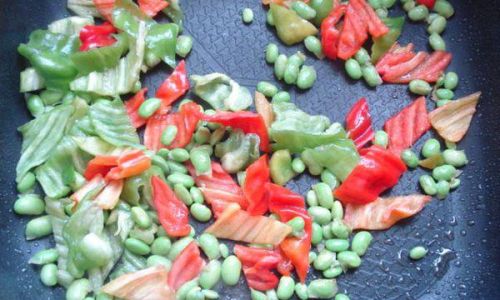
Conclusion
Stir-fried black carp slices is a testament to the beauty of simplicity in cooking. With minimal ingredients and technique, you can create a dish that rivals any restaurant offering. The key lies in respecting the ingredients—using fresh fish, mastering high-heat cooking, and balancing flavors with precision. Whether you’re cooking for family or impressing guests, this recipe is a surefire way to elevate your home-cooked meals. So grab your wok, sharpen your knife, and embark on a culinary journey that celebrates tradition, flavor, and the joy of sharing a meal.
Final Tip: Experiment with this recipe! Add your favorite vegetables, adjust the spice level, or pair it with unconventional sides. Cooking is an art, and every artist needs a signature dish. Let stir-fried black carp slices be yours.
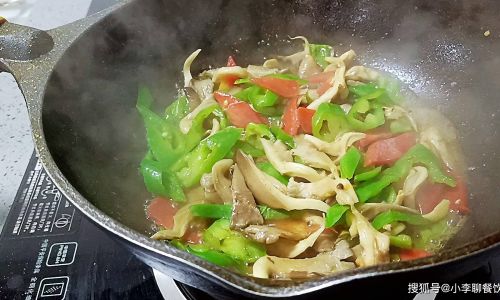
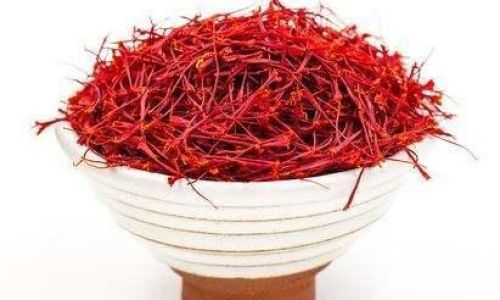

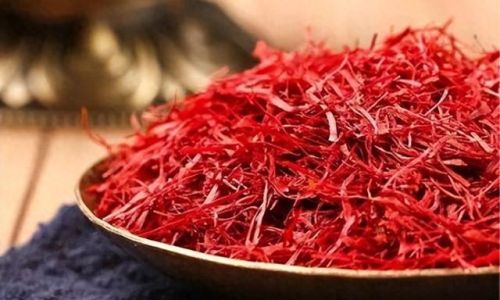
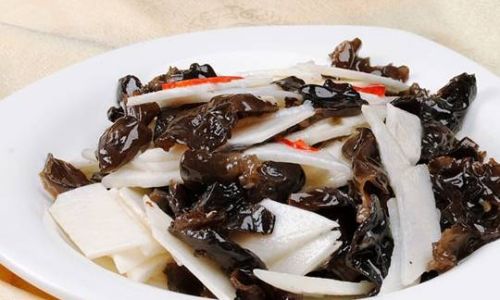
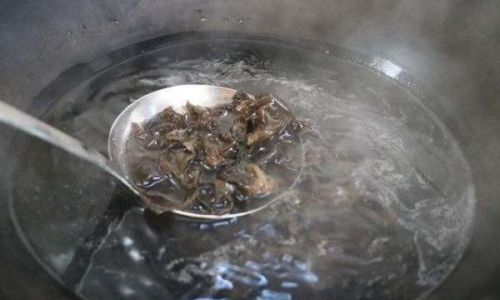
0 comments